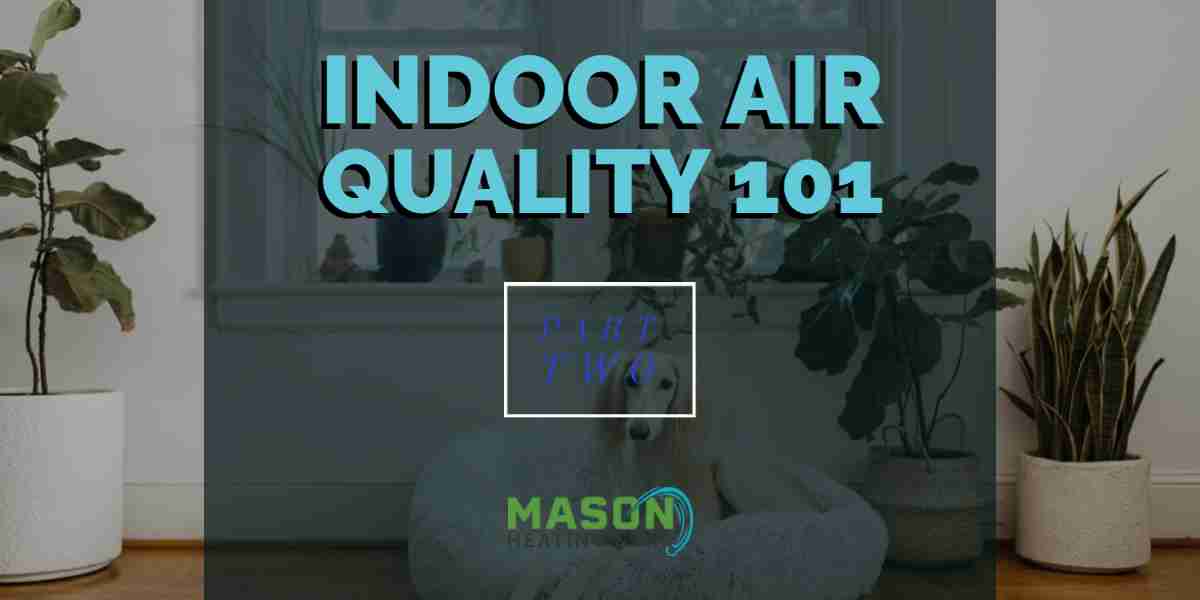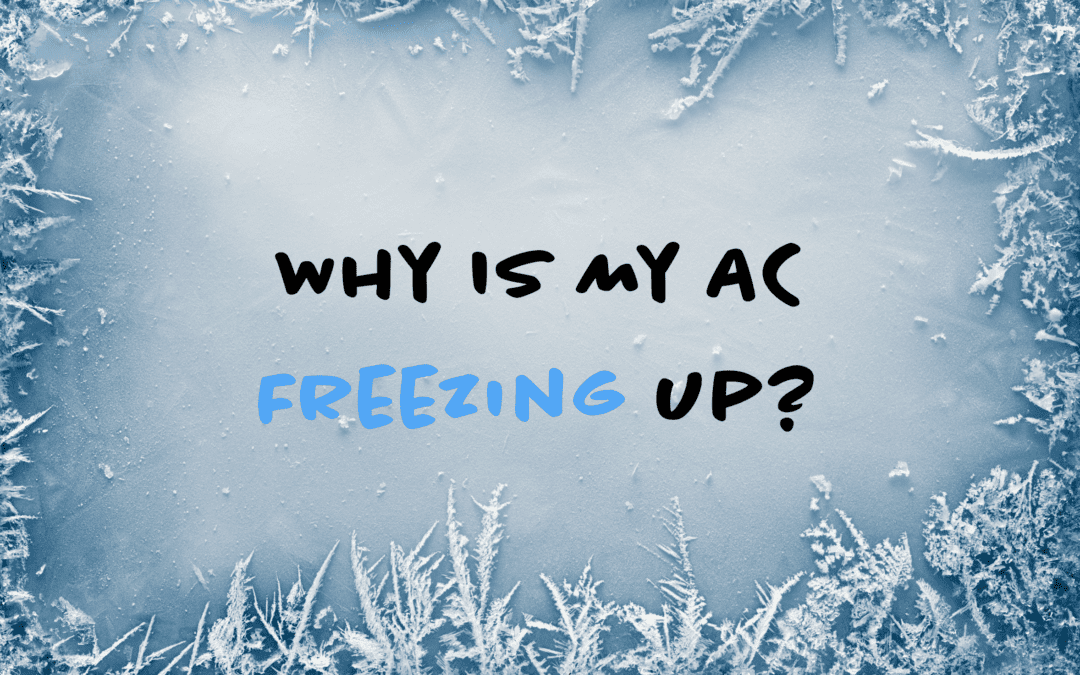Last week, we discussed the importance of Indoor Air Quality and how Americans spend, on average, around 90 percent of their time inside where pollution is usually up to two to five times more toxic than the air outside, even in big cities.
This week, we will identify some of these indoor air pollutants that can wreak havoc on your health, well-being, energy levels, brain function, and mood.
Indoor air pollution, although it has declined in recent decades, is a far more serious health concern that most homeowners realize, according to the World Health Organization, especially in low-income areas where the risk factor is the greatest.
Common Indoor Air Pollutants
So what types of pollution are found floating around in homes? That depends.
Because indoor air pollution involves mostly particles that can’t be seen by the naked eye, there’s a wide range of pollutants floating around inside the average home. Below we’ve put together a list of the most common:
- Tobacco smoke
- Mold
- Pet dander
- Mildew
- Dust mite waste
- Other types of dust particles
- Pollen, grasses, and grains
- Toxic chemicals like pesticides
- Dangerous gases like carbon monoxide and radon
- Volatile Organic Compounds
- Fuel-burning appliances
- Building materials and furnishings from home repairs
- Degraded insulation containing asbestos
- Products for household cleaning, maintenance, personal care, or hobbies
- Outdoor air pollution coming indoors
- Smoke from wood-burning stoves
- Food particles from cooking
How Does Air Indoor Pollution Affect Me?
Air pollution particles not only float around in the air in your home, but they also tend to travel on pets, lodge themselves into furniture, rugs, and carpets, and very quickly become breathable. If you don’t have sufficient ventilation and air control, these particles can become a problem, if they aren’t a problem already.
The health implications of indoor air pollutants may be experienced soon after exposure or, possibly, years later. It just depends on how healthy you are, what’s in your air and how good the ventilation is in your home.
The Short-Term Effects
Some health effects show up right after being exposed to the pollutant. These effects include symptoms like irritation of the eyes, throat, and nose, headaches, fatigue, and dizziness. Frequently, right after exposure of some kind, asthma and allergy symptoms may appear or worsen.
The Long-Term Effects
Sometimes health effects appear years after being exposed, or after long or repeated periods of it. If the pollution in a home is really bad and left unchecked, these types of effects could include certain respiratory problems, heart disease and even cancer.
GET YOUR HOME TESTED
We at Mason Heating & Air care about your health and realize some of this information, which is from the EPA , might seem concerning. However, the more you know, the more you can be prepared. Part of preparation is eliminating known sources of indoor air pollution. The other part is in getting your home tested. For more information about testing air quality or to set up an appointment with one of our technicians, call us at 513-496-2477 or click here to schedule an appointment now.
Indoor Air Quality 101: Part 1







